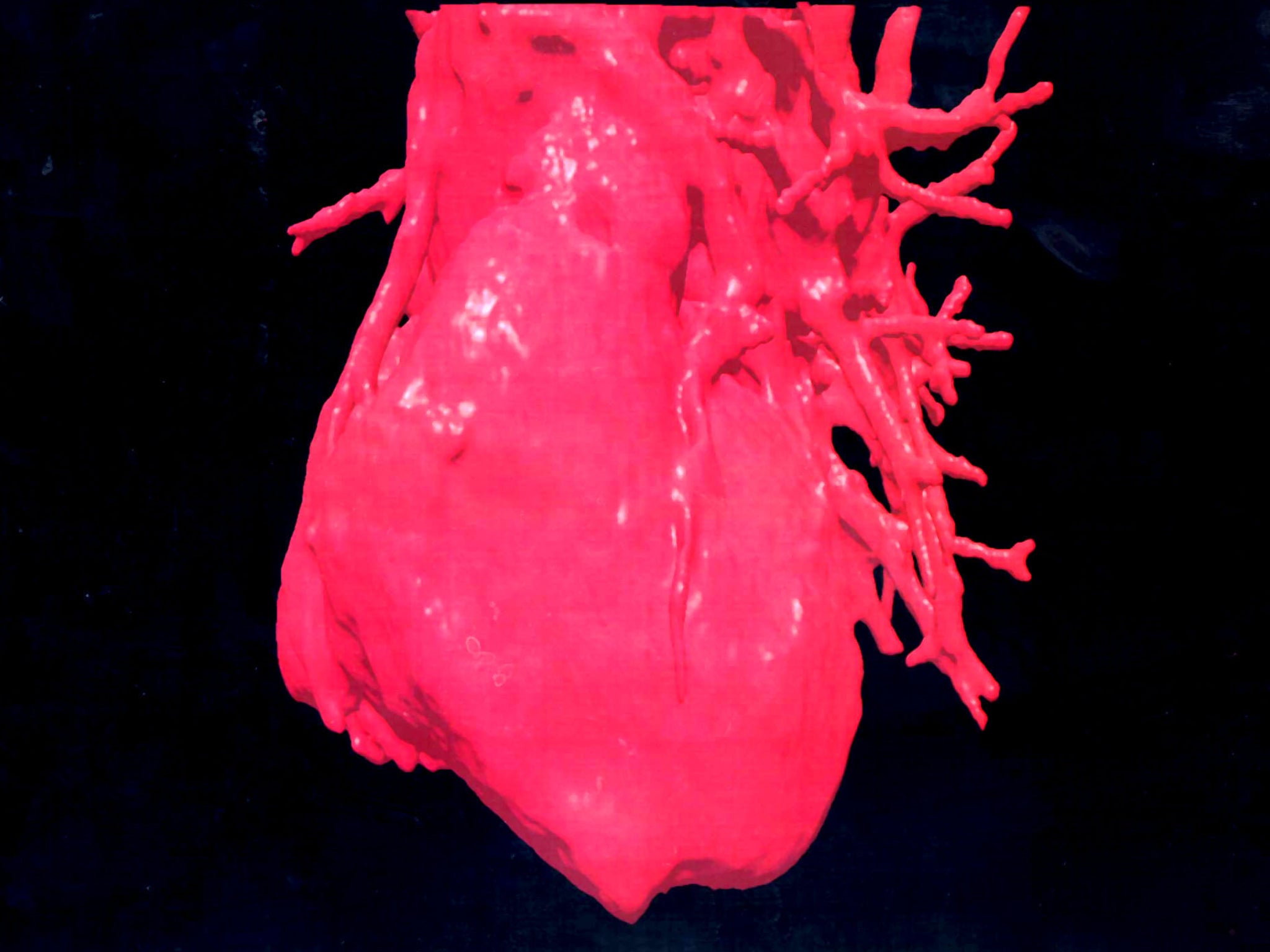Tiny working 3D human hearts grown from nothing — and other organs could be coming
Other kinds of organ might be on their way

Your support helps us to tell the story
From reproductive rights to climate change to Big Tech, The Independent is on the ground when the story is developing. Whether it's investigating the financials of Elon Musk's pro-Trump PAC or producing our latest documentary, 'The A Word', which shines a light on the American women fighting for reproductive rights, we know how important it is to parse out the facts from the messaging.
At such a critical moment in US history, we need reporters on the ground. Your donation allows us to keep sending journalists to speak to both sides of the story.
The Independent is trusted by Americans across the entire political spectrum. And unlike many other quality news outlets, we choose not to lock Americans out of our reporting and analysis with paywalls. We believe quality journalism should be available to everyone, paid for by those who can afford it.
Your support makes all the difference.Scientists have made tiny human hearts that can actually beat from nothing — and they’re so small that they can barely be seen with the naked eye.
The hearts have been grown using only stem cells, for the very first time, the New Scientist reports. As such, it mimics the processes that happen when humans hearts’ grow for the first time — except it happens in a lab, at the prompting of researchers.
The new hearts were created using stems cells that were made by reversing human skill cells, so that they turned back to something like an embryo. Once that was done, the scientists encouraged the cells to grow into the right formation, changing their shape and then eventually forming first into the cells that help hearts beat, then into those that connect the heart up and after that into tiny ventricles.
The techniques could eventually be used to create a full-sized heart, scientists suggest to the New Scientist. “Our model is the first step towards building a heart relying on self-organisation of cells, without any external three-dimensional supporting materials,” says Zhen Ma, from the University of California at Berkeley, told the magazine.
The same technique might also be used to create other parts of the human body. It has long been difficult to encourage lab-created organs to grow into the right thing — but the new research gives a new insight into how stem cells turn into the right cells.
But in the shorter term, the tiny hearts can be used to study how humans’ bigger ones work. The “highly defined human cardiac microchambers”, as the scientists call them, could also tell us more about how embryos and early hearts are formed, as well as how certain drugs affect babies before they are born.
The team present their findings in a paper, ‘Self-organizing human cardiac microchambers mediated by geometric confinement’, published in Nature Communications this week.
Join our commenting forum
Join thought-provoking conversations, follow other Independent readers and see their replies
Comments